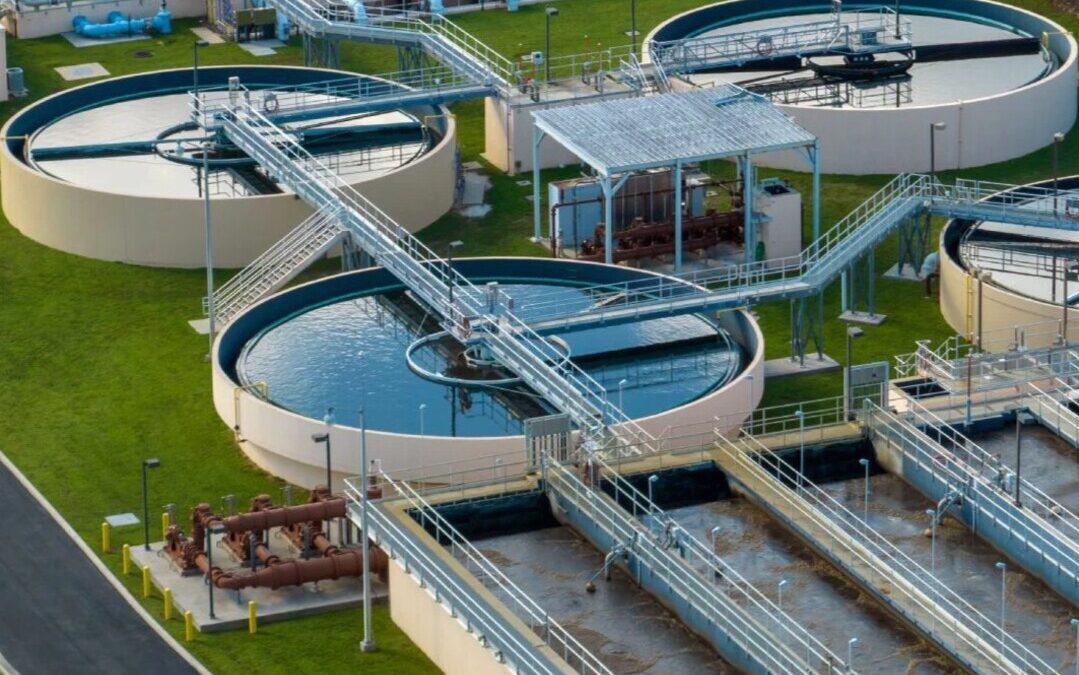India Allocates Over $1.1B to Boost Sewage Treatment and River Pollution Control
India steps up river cleanup with major funding for sewage treatment and pollution control projects across states.
India has allocated more than ₹9,470 crore ($1.13 billion) over the past three years to improve sewage treatment and curb river pollution, the government told parliament on Monday, as rapid urbanization and industrial growth strain water resources.
Minister of State for Jal Shakti Raj Bhushan Choudhary said untreated or partially treated sewage, industrial waste and agricultural runoff remain primary sources of contamination for rivers across the country.
Improper operation of sewage and effluent treatment plants, along with solid waste dumping, has worsened the problem.
Funding Through National and Ganga Programs
The government said it had released ₹1,388 crore under the National River Conservation Plan and ₹7,900 crore under the Namami Gange Programme between 2022-23 and 2024-25.
Gujarat and Maharashtra were the largest recipients under NRCP, receiving ₹414.85 crore and ₹563.71 crore, respectively. In comparison, Uttar Pradesh and Bihar got the most funds under Namami Gange at ₹2,701.4 crore and ₹2,084.97 crore, respectively.
Several states and cities have sought central assistance for new river pollution abatement projects. Tamil Nadu has proposed a ₹934 crore plan for the Cauvery River.
Maharashtra’s Nashik Municipal Corporation has submitted four proposals worth ₹688 crore for the Godavari River, while Pimpri Chinchwad Municipal Corporation has sought ₹1,655 crore for the Pawana and Indrayani rivers.
The Pune Metropolitan Region Development Authority separately proposed a ₹462.1 crore project for the Indrayani, and Sikkim submitted a 23.18 crore rupee plan.
Ongoing River Rejuvenation Efforts
Choudhary said river cleaning is a continuous process led primarily by state governments and local bodies, with the central government providing financial and technical aid.
Projects are funded under schemes such as NRCP, Namami Gange, the Atal Mission for Rejuvenation and Urban Transformation, and the Smart Cities Mission.
The Central Pollution Control Board’s data published in 2021 shows that many sewage treatment plants across states remain non-operational, contributing to ongoing pollution challenges.
Also Read:
India Eyes Smart River Management With Global, Tech Collaboration
Nirmal Menon
Related posts

Subscribe
Error: Contact form not found.


